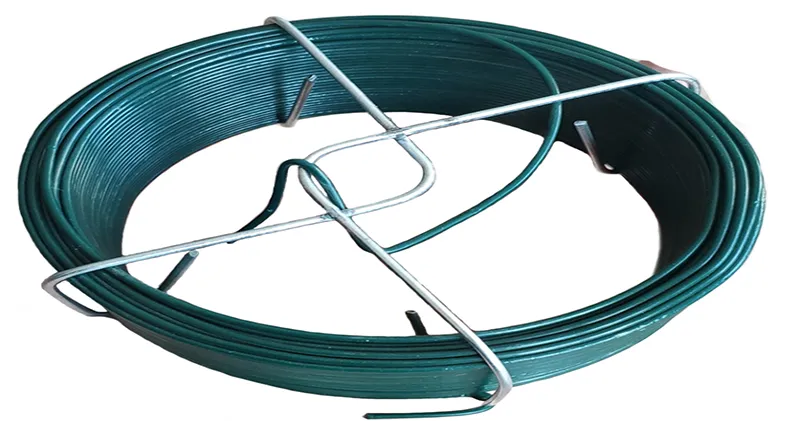-
 Phone:
Phone: -
 Email:
Email:

Innovative Designs for Rock Mesh Retaining Walls in Landscape Engineering
Rock Mesh Retaining Walls A Sustainable Solution for Soil Stability
In the realm of civil engineering and construction, retaining walls serve a pivotal role in maintaining the integrity of landscapes. Among the various types of retaining walls, rock mesh retaining walls have gained popularity due to their effectiveness and environmentally friendly attributes. This article explores the significance, construction, benefits, and applications of rock mesh retaining walls.
Understanding Rock Mesh Retaining Walls
A rock mesh retaining wall is a structure designed to restrain soil to unnatural slopes. It consists of a network of wires or meshes that are filled with rock material, creating a robust barrier that holds back the earth while allowing for water drainage. This type of wall combines the principles of traditional masonry with the modern efficiency of wire mesh technology, making it an innovative choice for managing soil erosion and promoting stability.
Construction Process
The construction of a rock mesh retaining wall begins with a thorough site assessment to analyze the soil conditions and topography. This assessment is critical to ensure the wall's design aligns with the landscape's requirements. The next step involves excavating a foundation trench along the designated wall line. Once the foundation is ready, a geotextile fabric is often laid down to prevent soil from seeping through the wall.
After the foundation preparation, the rock mesh panels are assembled. These durable panels are constructed from high-tensile strength wire mesh, designed to withstand significant pressure and forces from the earth. The mesh is then filled with rocks or boulders, typically sourced locally, which not only gives the wall its strength but also enhances its aesthetic appeal. Finally, the filled mesh panels are secured to each other, creating a continuous wall that can be adjusted to suit various heights and inclines.
Benefits of Rock Mesh Retaining Walls
1. Erosion Control Rock mesh retaining walls play a crucial role in stabilizing soil and preventing erosion, especially in areas prone to heavy rainfall and landslides. Their design allows for water to flow through, reducing hydrostatic pressure behind the wall, which minimizes the risk of failure.
rock mesh retaining wall

2. Sustainability By utilizing locally sourced materials such as rocks and stones, rock mesh retaining walls present an eco-friendly solution. Moreover, they blend seamlessly into the natural environment, promoting biodiversity by providing habitats for various plant species.
3. Cost-Effective Compared to traditional concrete retaining walls, rock mesh systems can be more economical, as they require fewer materials and less labor for installation. Their long-lasting nature also reduces maintenance costs over time.
4. Versatility Rock mesh retaining walls can be adapted for a variety of applications. They are commonly used in landscaping, road construction, and as part of flood control measures. Their ability to conform to different terrains and ecosystems makes them suitable for urban and rural settings alike.
5. Aesthetic Appeal The natural appearance of rock-filled mesh walls can enhance the visual appeal of any landscape. They can be designed to fit with various architectural styles and can be vegetated with native plants, further integrating them with the surrounding environment.
Applications
Rock mesh retaining walls are increasingly being utilized in various fields. In infrastructure projects, they support roadway embankments and railway cuttings, mitigating the risk of soil slippage. In residential landscaping, they provide decorative yet functional solutions for tiered gardens or elevated lawns. Environmental applications include stabilizing riverbanks and preventing degradation in sensitive ecosystems.
Conclusion
Rock mesh retaining walls stand out as a practical and sustainable solution for soil stabilization. With their numerous benefits, including erosion control, cost-effectiveness, and aesthetic flexibility, these walls offer an innovative approach to managing natural landscapes. As the demand for sustainable construction practices grows, rock mesh retaining walls are poised to play an increasingly critical role in both urban and rural development projects, ensuring that our landscapes remain stable and resilient for years to come.
-
Wire Mesh for Every Need: A Practical SolutionNewsJul.25,2025
-
Steel Fences: Durable, Secure, and Stylish OptionsNewsJul.25,2025
-
Roll Top Fencing: A Smart Solution for Safety and SecurityNewsJul.25,2025
-
Cattle Farm Fencing Solutions for Maximum SecurityNewsJul.25,2025
-
Affordable Iron Binding Wire SolutionsNewsJul.25,2025
-
Affordable Galvanized Wire SolutionsNewsJul.25,2025
-
Wire Hanger Recycling IdeasNewsJul.25,2025








